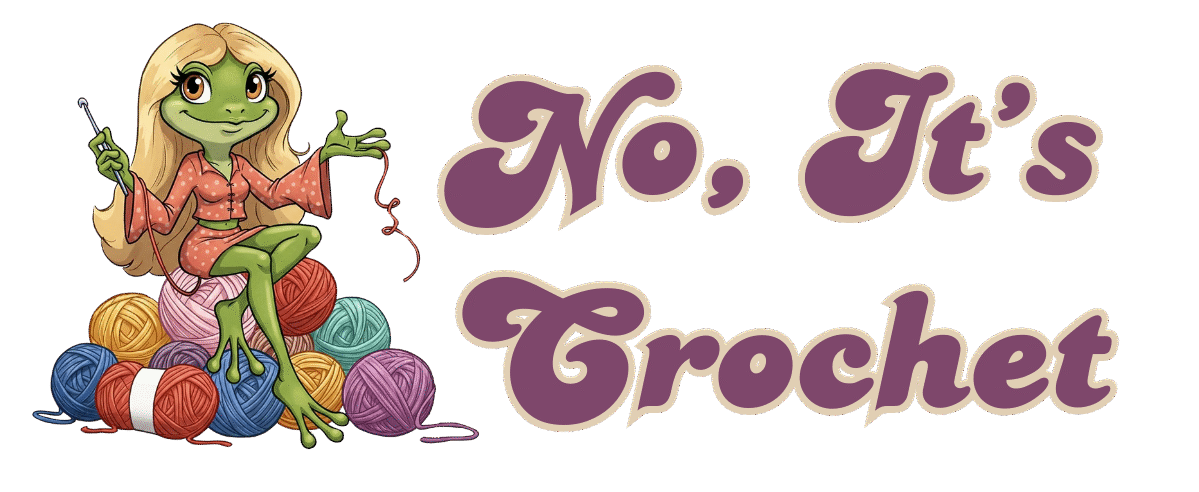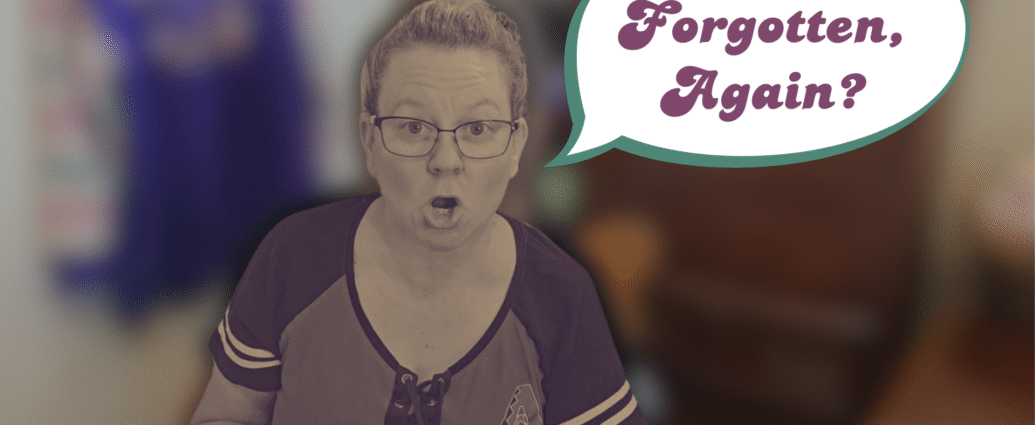The Myth of Youth Dominance in the Crochet Industry: Embracing All Age Groups
Crochet often gets painted as a craft mostly for young people. Many believe most new crafters are under 30, glued to TikTok and Instagram. But that simply isn’t true. The world of crochet is vibrant and full of people of all ages. Older generations are picking up hooks and yarn just as much as the younger crowd. It’s time to recognize that crochet is a craft for everyone, no matter your age.
The Misconception: Youth as the Main Drivers of Crochet Trends
Industry Focus on Young Buyers and Creators
Most marketing and social media campaigns target young people. Ads and tutorials often showcase trendy styles that appeal to Millennials and Gen Z. Many pattern designs are bold and daring, matching what younger crafters want. Plus, platforms like TikTok and Instagram are flooded with new crochet videos from teens and early 20s. The industry seems to assume that these young voices are shaping the future of crochet.
The Reality: A Multigenerational Craft
But that view misses a big part of the story. Many older adults are learning crochet for the first time. They might be in their 40s, 50s, 60s, or even beyond. Evidence shows that crochet is not just a young person’s hobby. It spans generations—connecting grandmothers, moms, and daughters. This isn’t just a niche; it’s a broad spectrum of enthusiasts across age groups.
Demographics of Crochet Learners: Beyond the Youth
Young Beginners: A Growing Segment
Yes, young people are coming into crochet. Thanks to TikTok and social media influencers, many are discovering the craft. They love trying out new patterns and sharing their creations online. The trend of young creators sharing tutorials and progress keeps growing. It’s a fresh wave of interest driven by visual content and online trends.
Older Learners: A Silent but Significant Force
But just as many middle-aged and older people are starting out. They learn from YouTube videos, local classes, or even through family traditions. These learners may be shy about posting online, but their presence is felt in community centers and informal gatherings. Many find crochet as a way to relax, escape, or stay connected with others. They often have a wealth of life experience and are willing to spend on quality yarns and patterns tailored to their needs.
Cross-Generational Learning
Some learn through social media. Others learn from their relatives or friends. Older generations might pick up crochet later in life, after decades of being away from the craft. Online tutorials have made it easier for all ages to start. So, the idea that only young people are learning crochet does not hold water.
Why Are Older Generations Often Overlooked?
Cultural and Social Factors
Society sometimes views crochet as a craft for women who are “grandma-aged.” Media often depicts older women knitting or crocheting as a stereotype. This creates a mindset that only seniors participate in the craft, pushing other age groups aside.
Market Trends and Media Representation
Most pattern collections and advertising favor younger aesthetics. Designs aim for viral Instagram photos, yoga-inspired styles, or edgy accessories. The industry tends to offer fewer options that suit older adults’ tastes, comfort, or ergonomic needs.
The Impact of This Neglect
When older adults are not shown or targeted, they miss out on suitable patterns. They might also lack access to yarns and tools that consider their ergonomic needs. This can keep them from actively participating or feeling welcome in the crochet community.
The Value of Including All Age Groups
Economic Opportunities
Older shoppers are often ready to spend once they find their passion. As they become retired or empty nesters, they may have more time and money for hobbies. Ignoring this group means missing a large market.
Cultural and Personal Benefits
Crochet is more than just a hobby. It can boost mental health and reduce stress. It offers social connection, especially for seniors who might feel isolated. Including older adults in the industry helps spread these benefits.
Opportunities for Designers and Yarn Companies
Designers can create patterns that suit ergonomic needs—larger hooks, softer yarns, and easy-to-follow instructions. Yarn brands could develop products tailored for comfort and style preferred by older crafters. This opens new doors for business growth.
Personal Stories and Industry Insights
Real-Life Examples
One woman shared she started crochet in her 40s after seeing social media trends. She had no background in crafts but found satisfying and relaxing. Similar stories are common among older adults trying crochet for the first time.
Industry Perspectives
At the H&H convention, a major industry event, many attendees observed that crochet’s growth is truly multigenerational. While youth are learning from online videos, older adults are quietly exploring the craft at their own pace. They are an unspoken but vital part of the craft’s future.
What Can Be Done?
For Designers and Yarn Brands
Create patterns that consider comfort, simplicity, and classic styles appealing to older adults. Use visuals that feature diverse age groups. Promote inclusive marketing that shows everyone crocheting happily.
For Educators and Community Leaders
Offer beginner classes in community centers or online tailored for seniors. Use accessible platforms like YouTube or online courses. Encourage older learners to share their projects, building confidence and community.
For Older Crafters
Share your stories and projects. Inspire others in your age group to pick up the hook. Explore online resources or local classes that fit your schedule and needs.
Conclusion
Crochet isn’t a craft only for young people. It’s a diverse, multigenerational activity enjoyed by many age groups. The industry should recognize this diversity and embrace all age ranges. If we do, the craft will grow stronger, richer, and more inclusive. Everyone has a place in the world of crochet—no matter how old they are. It’s time to celebrate that fact and make sure all voices are heard.



